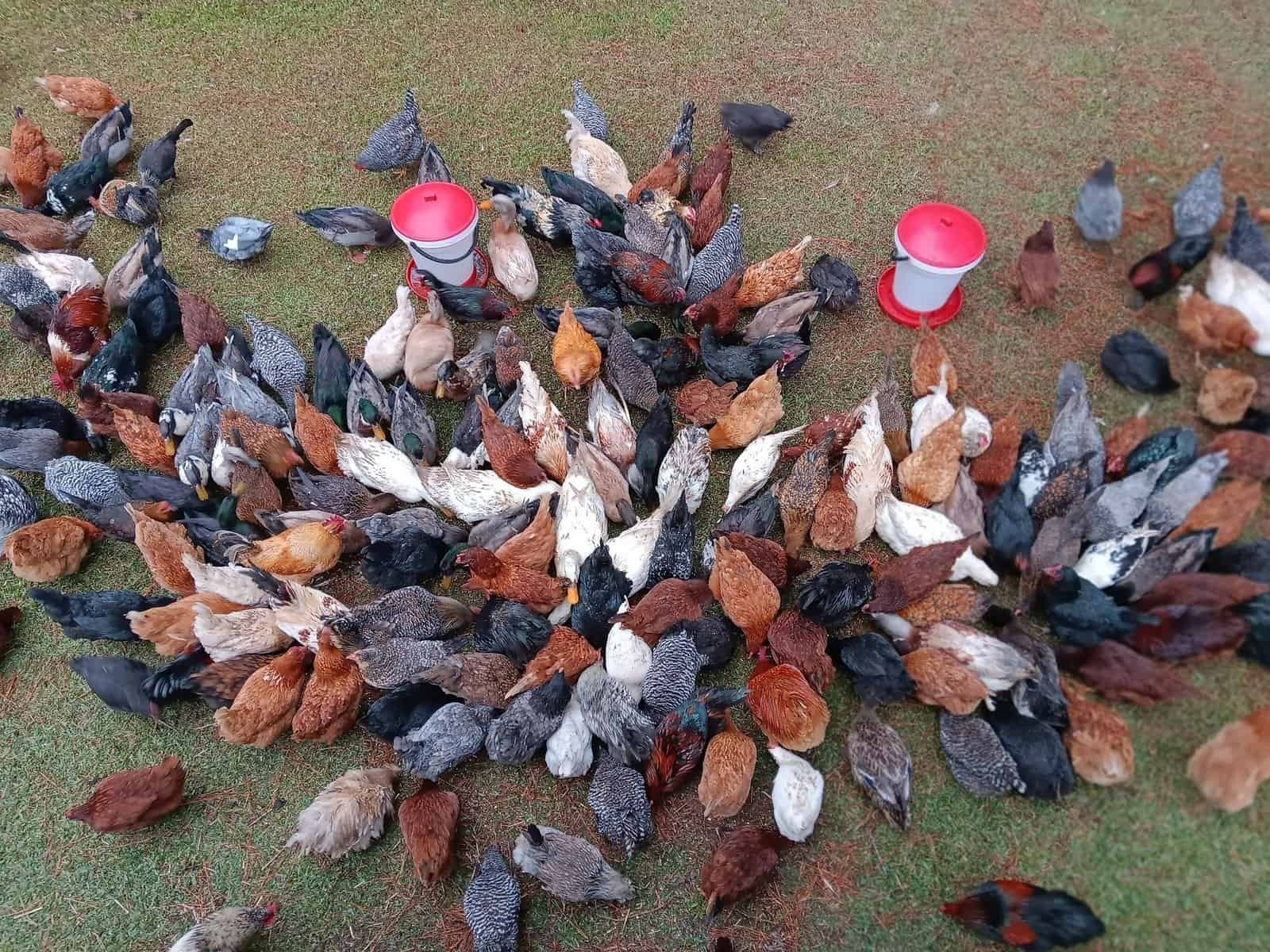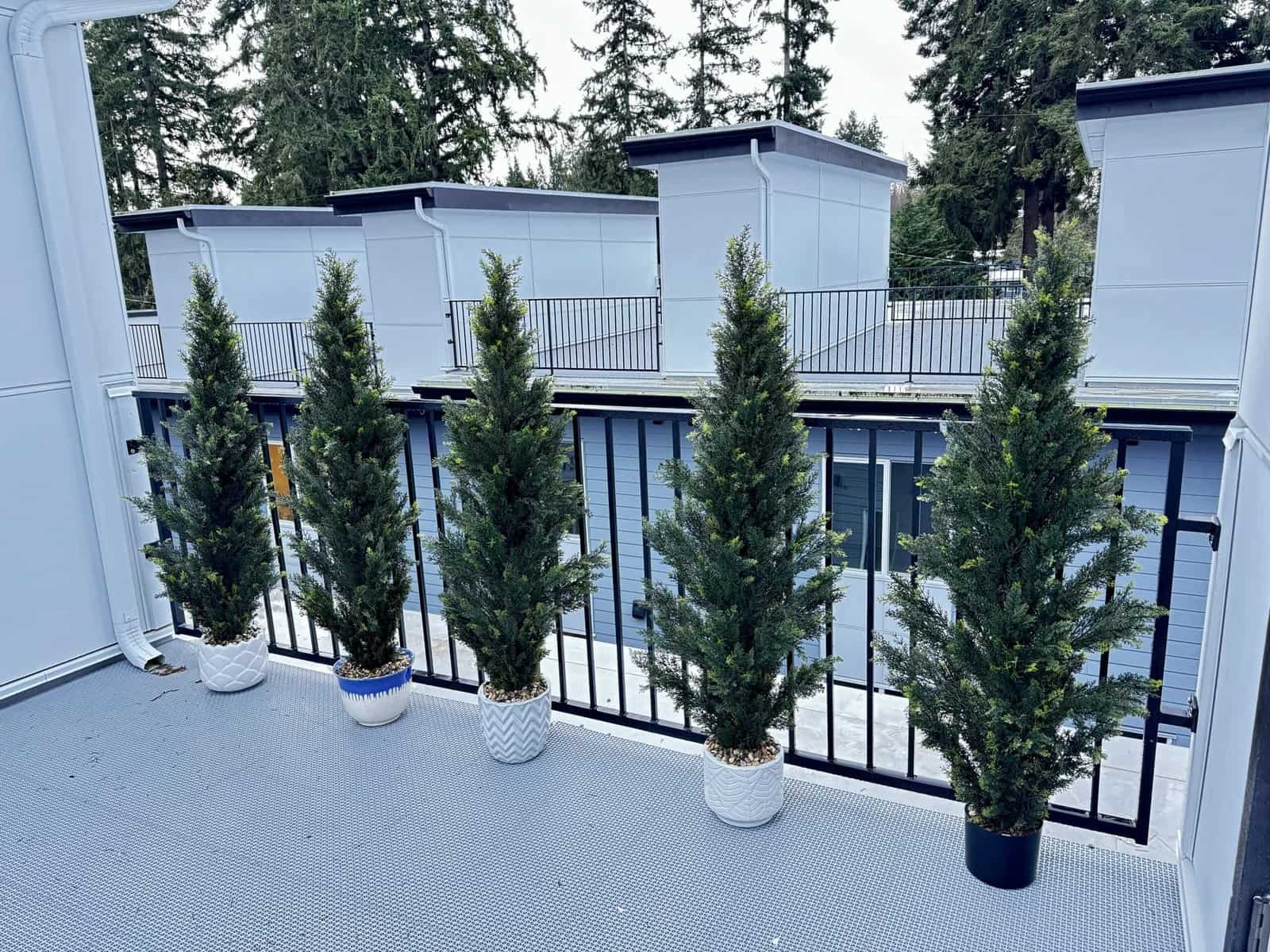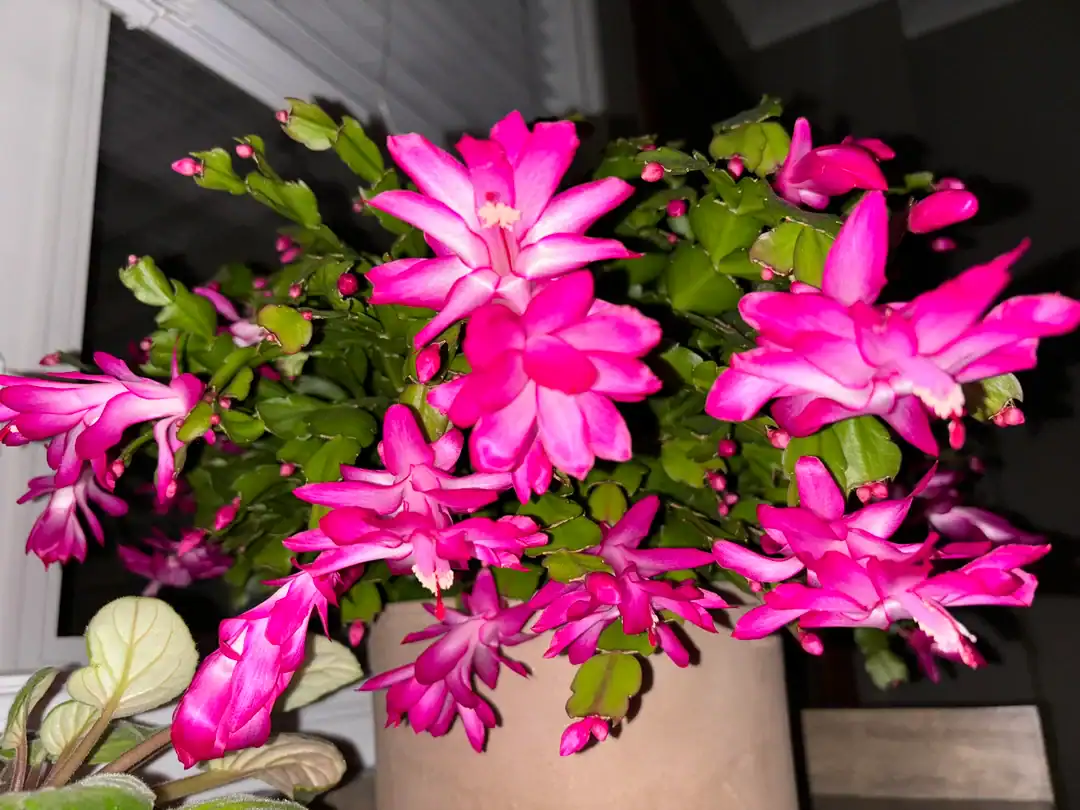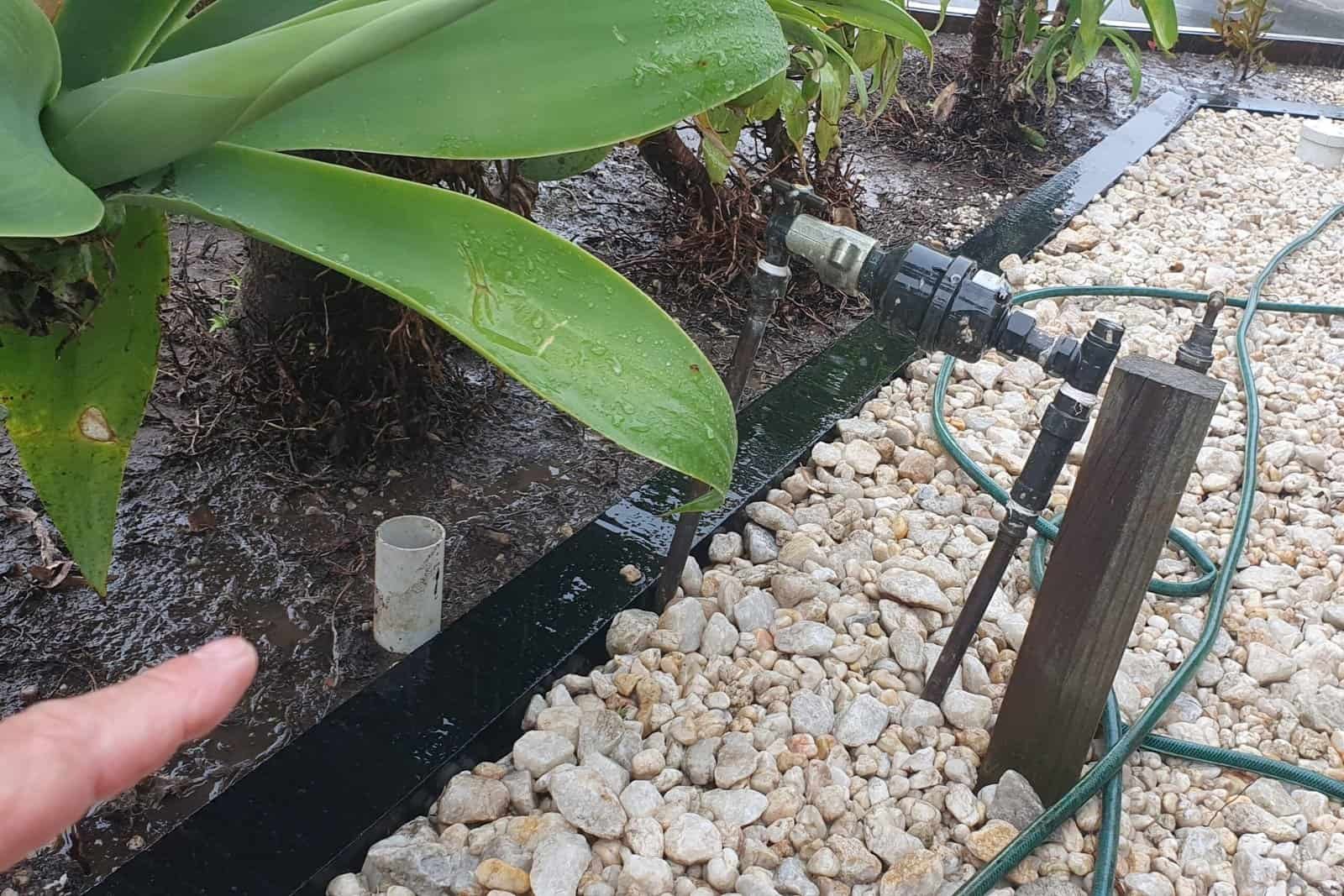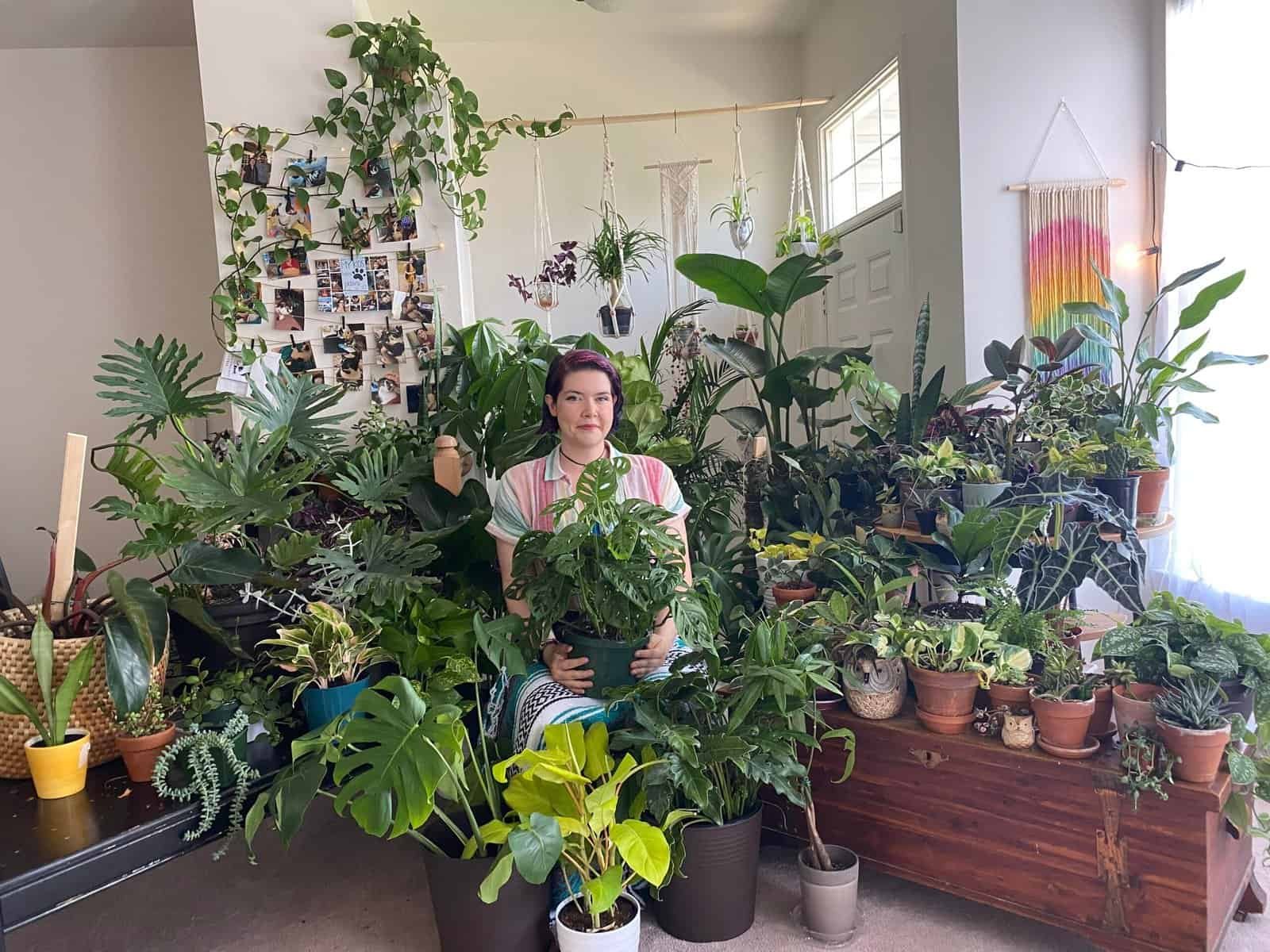
If you are like me, you have probably sat outside wondering why no hummingbirds are showing up in your yard. I used to wait and hope they would stop by, but it never really happened. It was a little disappointing.
Then I realized that these birds are very specific about what they like. Once I planted the right flowers, everything changed. Now, hummingbirds visit every day. Let me share with you exactly what worked in my garden so you can enjoy it too.
Contents
The Best Plants to Attract Hummingbirds
Hummingbirds are very drawn to bright, tubular flowers that produce lots of nectar. The more colorful and long-blooming the plant is, the better your chances of getting a visit.

Cigar Plant (Kufia ‘David Verity’)
This plant has small, orange flowers that look like little cigars, and hummingbirds absolutely love them. I grow several of these in my garden, and they never fail to attract visitors.
It also attracts butterflies, which adds to the beauty of the yard. This plant does best in sunny areas with good drainage, and it will grow back every year in warmer climates.
Hibiscus
I have found that hibiscus flowers, especially the red and yellow ones, are very eye-catching, although they are not the top choice for hummingbirds. Still, they do attract some birds now and then.
Hibiscus grows quickly, and the large flowers add a tropical feel to any garden. It is a good plant to mix in if you want both color and a bit of nectar.
Firecracker Plant (Dracelia)
This plant is named well because it has bright red, tube-like flowers that resemble little firecrackers. Hummingbirds are frequent visitors to this plant.
It works very well in pots, especially when paired with other hummingbird-friendly flowers. I use it often in container gardens because it is easy to manage and blooms consistently.
Vermillionaire (Proven Winners)
This is one of the most reliable plants in my garden. It has orange, tube-shaped flowers that hummingbirds visit constantly. It is a dwarf version of Kufia and blooms throughout the season.
It stays small and compact, growing about 1 to 2 feet tall, so it is great for borders or small garden spaces. I plant it in full sun, and it thrives with little effort.
Cardinal Climber
If you are looking for something to cover a trellis or fence, this vine is a great option. It produces hundreds of red, trumpet-shaped flowers, which are full of nectar and perfect for hummingbirds.
I plant it from seed each year, and it grows quickly. It adds vertical interest to the garden and becomes very colorful in late summer and early fall.
Flamacanthus
This is a small shrub with bright red, cup-like flowers that bloom for a long time. Hummingbirds and butterflies both enjoy it, especially native species like the Texas Crescent.
It is very easy to grow and adds both beauty and function to a garden. It also helps create a wildlife-friendly environment without requiring too much attention.
Mexican Blush Sage (Salvia lucantha)
This is one of my favorite plants. It has purple and white flowers that look great in the yard and are full of nectar.
This plant is low-maintenance and works well in warmer regions. It blooms for several months and is great for those who want a colorful garden that also supports pollinators.
Salvia Amante
Salvia Amante produces vivid scarlet-pink flowers that attract hummingbirds and other beneficial insects.
It returns every year and makes the garden look alive. I enjoy how it adds color while also increasing biodiversity in the space.
Salvia Amistad
This plant grows tall and has bold purple flowers that bring in hummingbirds, bees, and butterflies.
It can grow up to 4 feet high and produces plenty of nectar. I always include this variety because it is very effective at attracting pollinators.
Porter Weed
Porter weed is another excellent nectar plant. Its red and purple flowers bloom continuously and provide a reliable food source for hummingbirds.
It is simple to grow, loves the sun, and does well in warm areas. It also helps support bees and other pollinators in the garden.
Coral Honeysuckle
This is a native plant that blooms early in the spring, making it perfect for attracting migrating hummingbirds. Its bright red, tube-like flowers are a favorite for many species.
It grows as a vine, climbs easily, and looks beautiful on fences. It is also a perennial, which means it will return each year without needing to be replanted.
Fire Bush
The Fire bush is a personal favorite. It has bright, orange-red flowers that are very attractive to both hummingbirds and butterflies.
It does well in full sun and can handle dry conditions. Even after a freeze damaged mine, I plan to plant it again. It blooms for most of the year and creates a lively garden.
Turks Cap
This plant has red flowers that look like closed hibiscus buds, and they are very popular with hummingbirds and butterflies.
It is extremely durable and will recover after cold weather. It grows as a perennial and provides nectar throughout the season, keeping your garden full of life.
Provide Food, Perching Areas, and Shelter

To keep hummingbirds happy, I combine nectar-rich plants and places for them to rest. I leave small branches and shrubs so they can perch and keep an eye on their feeding spots.
Bushes like Turks cap or hibiscus also provide shelter and make the garden feel safe for them. When you provide a mix of food, rest areas, and cover, hummingbirds are much more likely to stay around.
Final Thoughts
If you want to see more hummingbirds in your yard, start by adding bright, nectar-rich flowers that they naturally love, and your garden will become a busy and exciting place.
I enjoy watching these birds fly by every day. It is a simple pleasure that brings a lot of joy. With just a few changes, you can make your yard a welcoming space for hummingbirds and other wildlife.

